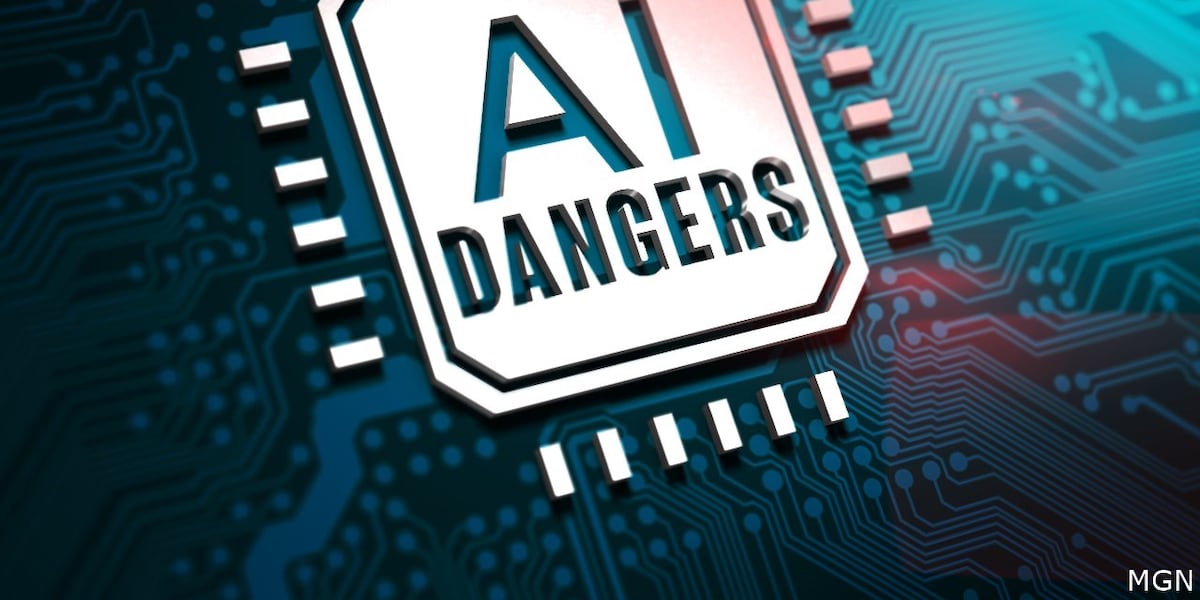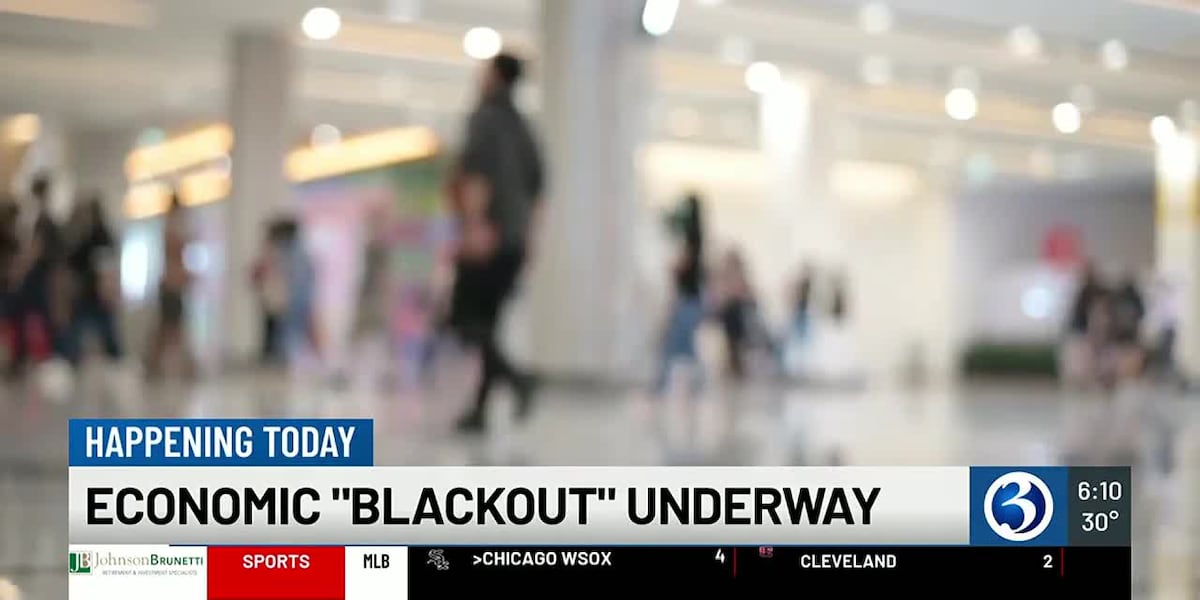Corporate Comedy Catastrophes: When April Fool's Jokes Went Terribly Wrong
Companies
2025-03-31 17:58:55Content

In the world of corporate marketing, there's a fine line between clever humor and cringe-worthy disaster. While some companies masterfully execute brilliant pranks that capture public imagination, others stumble spectacularly, turning their well-intentioned jokes into full-blown public relations nightmares.
Corporate pranks are a high-stakes game of creativity and risk. For every viral marketing success that leaves audiences laughing and impressed, there are numerous cautionary tales of brands whose attempts at humor backfired dramatically. These missteps serve as stark reminders that comedy in corporate communication requires nuanced understanding, cultural sensitivity, and impeccable timing.
The landscape of corporate pranks is littered with examples of good intentions gone wrong—marketing stunts that seemed clever in the boardroom but quickly unraveled in the court of public opinion. From tone-deaf social media campaigns to misguided April Fool's jokes, these blunders demonstrate how easily a seemingly harmless prank can transform into a reputation-damaging incident.
Smart companies understand that successful humor requires more than just shock value; it demands genuine creativity, respect for audience intelligence, and a deep understanding of brand identity. The most memorable corporate pranks are those that not only entertain but also subtly reinforce the company's core values and personality.
Corporate Pranks Gone Wrong: When Marketing Stunts Backfire Spectacularly
In the high-stakes world of corporate communication, marketing teams walk a razor-thin line between brilliant creativity and potential disaster. Every year, companies attempt to capture public attention through clever campaigns, but not all attempts end in success. Some marketing strategies become cautionary tales that echo through boardrooms and social media platforms, serving as stark reminders of the risks inherent in pushing promotional boundaries.When Humor Meets Corporate Hubris: The Dangerous Dance of Brand Perception
The Psychology of Corporate Humor
Marketing professionals understand that humor can be a powerful tool for brand engagement, but it's also an incredibly delicate instrument. The human brain processes humor through complex neural pathways that are simultaneously sensitive and unpredictable. When corporations attempt to leverage comedic elements in their marketing strategies, they're essentially performing a high-wire act without a safety net. Companies that miscalculate their approach risk not just momentary embarrassment, but long-term damage to their brand reputation. The line between clever and cringe-worthy is microscopically thin, and once crossed, can trigger immediate and widespread public backlash. Social media amplifies these missteps, transforming what might have been a localized mistake into a global spectacle of corporate tone-deafness.Anatomy of a Marketing Disaster
Successful marketing pranks require an intricate understanding of audience sentiment, cultural nuances, and brand identity. When these elements are misaligned, the results can be catastrophic. Some corporations have learned—often painfully—that what seems humorous in a boardroom brainstorming session can appear tone-deaf, offensive, or simply bewildering to the general public. The most memorable marketing failures aren't just simple mistakes; they're complex interactions between corporate ego, misunderstood cultural contexts, and a fundamental disconnect from audience expectations. These incidents reveal deeper organizational issues: a lack of diverse perspectives, insufficient market research, and an echo chamber of corporate groupthink.Case Studies in Corporate Miscalculation
Historical examples demonstrate that no industry is immune to marketing missteps. Technology giants, consumer brands, and even financial institutions have fallen victim to poorly conceived promotional campaigns. These incidents often stem from an overconfidence in the brand's perceived coolness or a fundamental misunderstanding of their target demographic's sensibilities. What makes these failures particularly fascinating is their unpredictability. A campaign that seems innocuous during planning can rapidly transform into a public relations nightmare. The digital age has made such missteps not just possible, but almost inevitable for companies pushing creative boundaries.Navigating the Minefield of Corporate Communication
Successful brands recognize that humor and marketing require a nuanced, empathetic approach. This means cultivating diverse teams, conducting rigorous audience research, and maintaining a genuine connection with consumer sentiments. The most effective marketing strategies don't just avoid disasters—they create meaningful, authentic connections that transcend traditional promotional tactics. Modern corporations must develop sophisticated communication strategies that balance creativity with cultural sensitivity. This requires ongoing dialogue, continuous learning, and a willingness to acknowledge and learn from potential missteps. The most resilient brands view potential failures not as catastrophes, but as opportunities for growth and deeper audience understanding.RELATED NEWS
Companies

Tech Titans Trembling: China's Market Shake-Up Threatens Silicon Valley Giants
2025-04-20 16:29:24
Companies

Digital Showdown: How Copyright Laws Are Putting AI Training Data on Trial
2025-04-12 18:46:21
Companies

Navigating Uncertainty: GM Joins Corporate Exodus as Tariff Turmoil Shakes Business Confidence
2025-04-29 11:18:08





